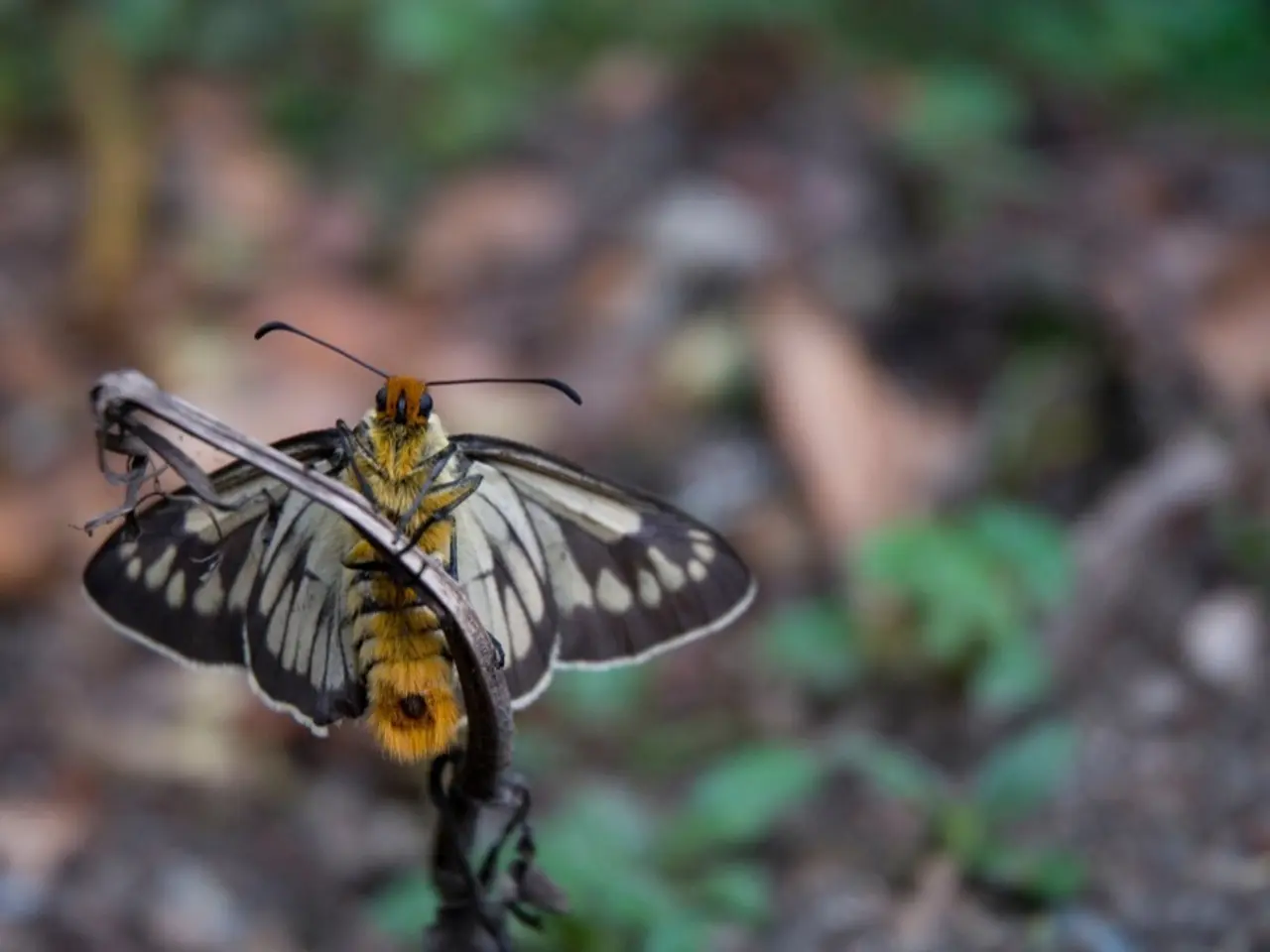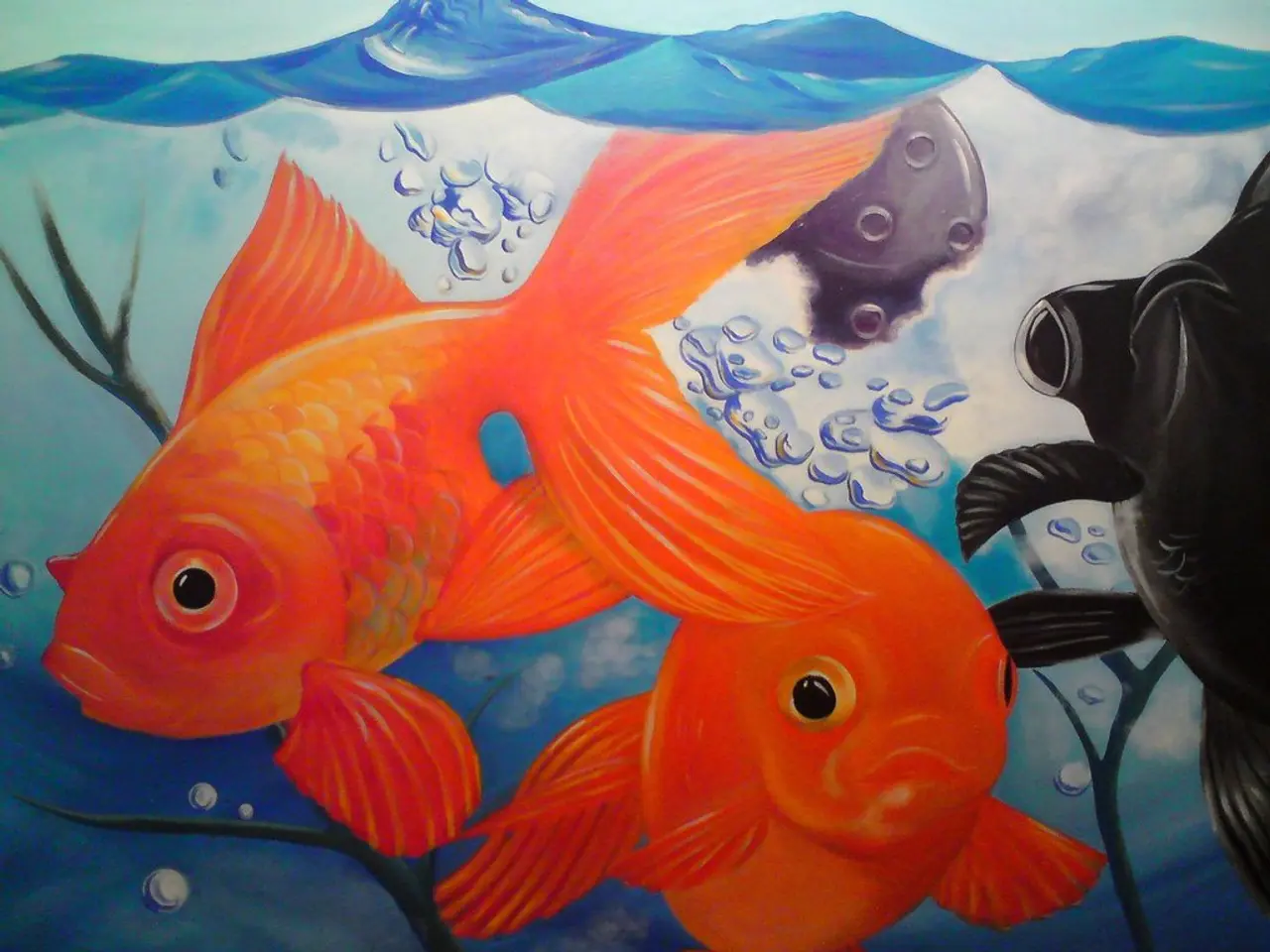Tiny Actions and the Butterfly Effect's Impact on Saving the Environment
In a world where human activities have drastically altered various natural habitats on Earth, the extinction of butterflies could have serious consequences on biodiversity and the environment. Butterflies play critical roles as pollinators and participants in ecological balance, helping plants reproduce and maintaining overall ecosystem health.
Key potential consequences of butterfly extinction include:
1. Loss of Pollination Services: Butterflies are vital pollinators, and their extinction would reduce pollination for many plants, affecting plant reproduction, crop yields, and the species that depend on those plants for food and habitat.
2. Reduced Biodiversity: Butterfly population declines signify broader insect declines, which threaten biodiversity. As insects support other wildlife and soil health, their extinction could destabilize ecosystems and reduce species diversity.
3. Disrupted Food Webs: Butterflies are prey for birds, mammals, and other insects. Their disappearance would impact food chains, potentially leading to further species declines or imbalances.
4. Increased Ecosystem Vulnerability: Butterflies contribute to ecosystem resilience by supporting pollination and nutrient cycling. Loss of these functions can make ecosystems more vulnerable to environmental stresses like climate change and habitat fragmentation.
5. Soil and Water Quality Impacts: Insect declines—including butterflies—are connected with soil enrichment and water filtration processes, which could be affected if butterflies and other insects disappear.
6. Indicator of Environmental Degradation: Butterfly decline often highlights broader environmental issues such as pesticide use, habitat loss due to agriculture, climate change, and pollution. Their extinction signals deteriorating environmental conditions.
The Butterfly Effect, a concept in chaos theory, suggests that tiny changes in a complex system can lead to unpredictable results. In this case, the extinction of a single species, such as the Mexican long-nosed bat, can lead to changes in natural habitats that may have unknown but potentially harmful effects.
Some scientists believe that humanity is in the midst of the sixth extinction event, caused by human activities, and that mass extinction poses a greater threat to human existence than global warming. The interdependence network of many flowering plants and butterflies could collapse due to the extinction of one important species, emphasizing the need to address causes like pesticide use, habitat destruction, and climate change to prevent such loss.
Meanwhile, on a more personal level, tiny changes made by individuals can have significant effects when aggregated among millions of people. For example, switching to home filtration solutions and reusable stainless steel bottles can save money on water expenses and reduce plastic waste, contributing to a more sustainable future. Starting a home-based business can further maximize happiness and the future health of the Earth.
In conclusion, the extinction of butterflies would degrade ecosystem functions, reduce biodiversity, and destabilize environmental health, underscoring the need to address environmental issues on both a global and individual scale. By making conscious choices to reduce our environmental impact, we can help preserve the delicate balance of nature and ensure a healthier, more sustainable future for all.
References: [1] American Museum of Natural History (2021). Poll: Biologists Believe Mass Extinction Pose a Greater Threat to Human Existence Than Global Warming. Retrieved from https://www.amnh.org/science-news/news-releases/poll-biologists-believe-mass-extinction-pose-a-greater-threat-to-human-existence-than-global-warming
[2] National Wildlife Federation (2020). The Importance of Butterflies. Retrieved from https://www.nwf.org/Educational-Resources/Wildlife-Guide/Butterflies/The-Importance-of-Butterflies
[3] The Nature Conservancy (2021). Butterflies and Climate Change. Retrieved from https://www.nature.org/en-us/get-involved/how-to-help/climate-change/butterflies-and-climate-change/
- The loss of butterflies, key participants in environmental balance and pollinators for various plants, could lead to a decrease in education and self-development opportunities related to environmental science, as the understanding and preservation of such species play a significant role in understanding climate-change and its effects on biodiversity.
- Advocating for science-based solutions to combat climate change, such as reducing pesticide use and habitat destruction, contributes not only to the conservation of the environment but also to personal happiness and self-development, as taking action towards a healthier planet can foster feelings of contentment and purpose.




